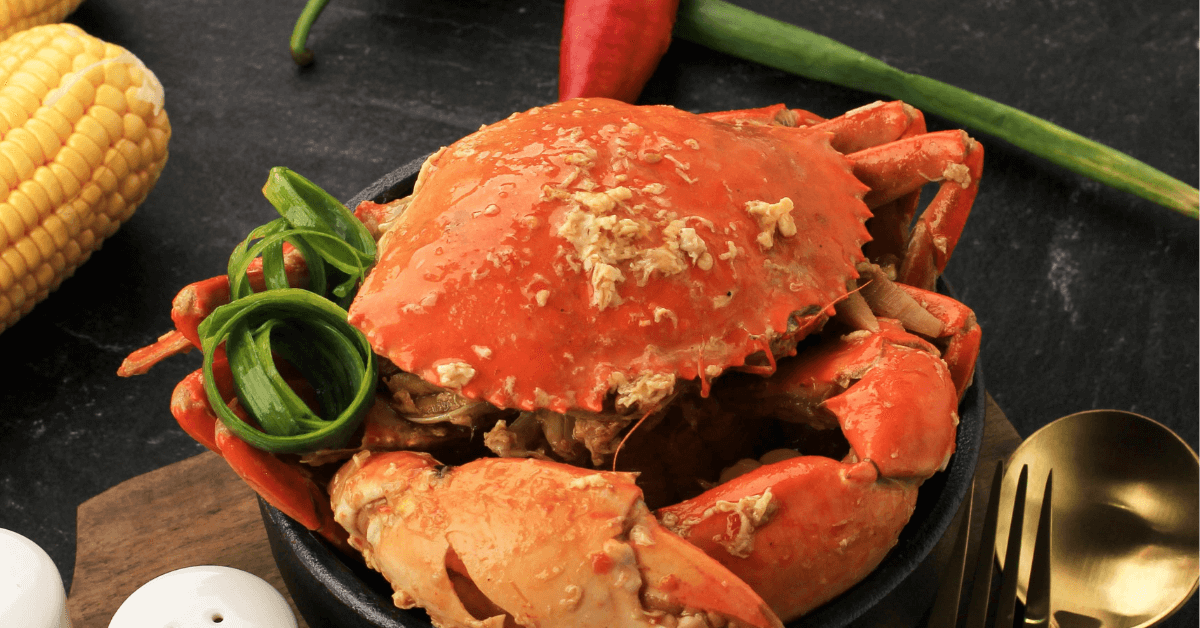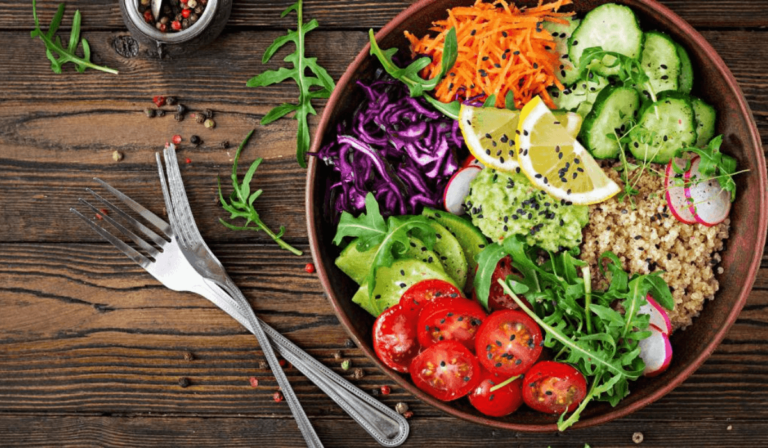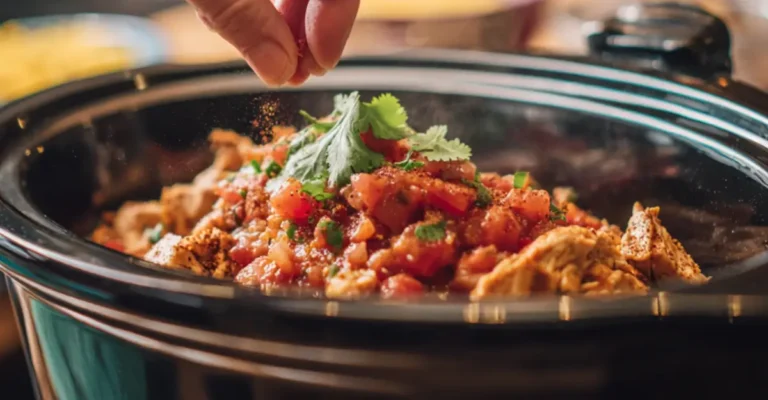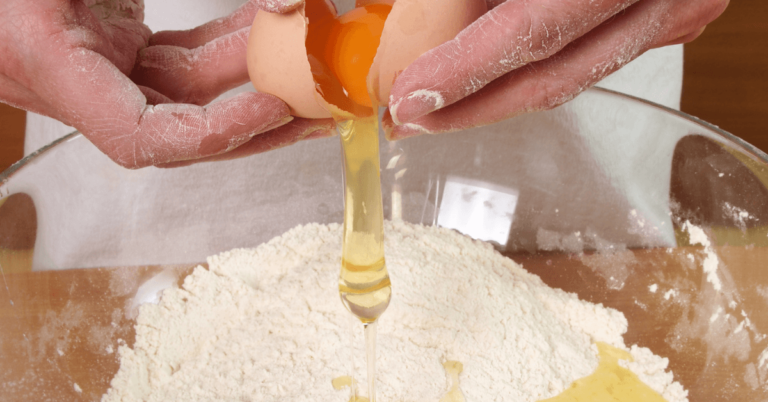Why is Crab So Expensive? – Understanding the Delicacy’s High Cost
Part 1: Introduction Why is crab expensive
Why is crab expensive a luxurious delicacy savored by many, often comes with a hefty price tag. But have you ever wondered why this is the case? In this article, we delve into the intricate world of crab pricing, exploring the myriad factors that contribute to its high cost.
Overview of Crab as a Delicacy
Crab meat, known for its succulent texture and rich flavor, has long been a prized component in various cuisines around the world. From the opulent king crab to the versatile snow crab, each species offers a unique taste experience. However, this culinary delight often comes at a premium. Why, you might ask? The answer lies in a complex web of environmental, economic, and industry-specific factors.
Recent Price Hikes in Crab Meat
In recent times, we’ve seen a noticeable uptick in crab prices. This surge is not just a result of inflation or changing market trends; it’s a reflection of deeper, more systemic issues. From the warming oceans impacting crab populations to the intricate costs of crab fishing operations, several elements intertwine to push the prices upward. But what exactly are these elements, and how do they interplay to affect the cost of crab? Let’s dive deeper into these questions in the following sections.
In this exploration of crab pricing, we’ve just scratched the surface. Stay tuned as we delve into the various factors influencing crab prices in the next part of this series. We’ll explore how environmental changes, overfishing, and economic dynamics contribute to the high cost of this sought-after seafood.
Part 2: Why is crab expensive Factors Influencing Crab Prices
Let’s dive into the reasons behind the steep prices of crab. It’s a mix of nature’s whims and human actions, each playing a crucial role in the market.
Environmental Factors and Climate Change
Ever wondered how climate change impacts your seafood platter? It’s a big deal for crabs. Warmer oceans, thanks to climate change, mess with crab habitats and food chains. This leads to fewer crabs in the sea, making them rarer and pricier.
Marine heatwaves, a nasty side effect of global warming, hit crabs hard. They change where crabs can live and what they can eat, leading to a drop in their numbers. This scarcity is a big reason why crab prices are soaring.
Why is crab expensive Overfishing and Its Consequences
Overfishing is another biggie. Our love for crab has led to too much fishing. This not only puts crab populations at risk but also jacks up prices due to their dwindling numbers. There are rules to control overfishing, but it’s a tricky balance to maintain.
Economic Factors: Supply and Demand Dynamics
It’s the old game of supply and demand. As crabs become harder to find, thanks to environmental issues and overfishing, people still want them just as much. This mismatch pushes prices up. Plus, the global craving for crab adds to the price hike.
Costs of Crab Fishing Operations
Don’t forget the cost of catching these crabs. It’s a tough job that needs a lot of gear and hard work. These high costs of fishing are passed on to us, the crab lovers, making our favorite seafood a luxury.
So, there you have it – a mix of nature’s challenges and market forces making crabs a pricey treat. In the next part, we’ll look at how different crab species add their twist to the pricing tale. Stay tuned for more insights into the world of crabs!
Part 3: Why is crab expensive Species-Specific Factors
Now, let’s zoom in on how different crab species add their unique flavor to the pricing puzzle. Each type of crab has its own story that influences its market value.
King Crab: Rarity and Demand
King crabs are like the celebrities of the crab world. They’re huge, meaty, and a favorite for many. But why are they so expensive? It’s all about rarity and demand. These crabs are not easy to find, living in remote, cold waters. Plus, their fishing season is short, making them a less frequent catch. This scarcity, combined with their popularity, makes king crab one of the priciest seafood options out there.
Snow Crab Population Crash
Snow crabs have their own drama. Remember the Bering Sea snow crab decline? It’s a classic example of how environmental changes can cause a population crash. In 2021, billions of snow crabs just vanished, likely due to warming waters and other ecological shifts. This sudden drop in numbers meant less snow crab on the market, leading to higher prices for this once more abundant species.
Dungeness Crab: Habitat and Harvesting Challenges
Dungeness crabs are another sought-after variety, known for their sweet, tender meat. But they’re not without challenges. These crabs prefer shallower waters, which makes them more vulnerable to environmental changes. Plus, harvesting them is no easy feat. It requires skill and patience, adding to the cost of getting these crabs to your plate.
Each crab species brings its own set of challenges and costs, influencing its market price. In the next part, we’ll explore the broader ecological and economic implications of these factors. How do these issues affect not just our wallets, but also our world? Stay tuned for more insights.
Part 4: Broader Ecological and Economic Implications
Let’s broaden our lens and see how crab pricing impacts our environment and communities. It’s more than just numbers; it’s about the health of our oceans and the well-being of people who depend on them.
Ecosystem Changes and Borealization
Ever heard of borealization? It’s a big word for a big change. As our oceans warm up, the creatures living in colder northern waters, like many crab species, are getting squeezed out. This isn’t just about crabs; it’s a shift that affects the whole marine food chain. Imagine the ocean’s menu changing, and not necessarily for the better.
Impact on Local Economies and Communities
Now, think about the folks who catch these crabs. For many coastal communities, crab fishing isn’t just a job; it’s a way of life. When crab numbers go down, so do their incomes. It’s a ripple effect – fewer crabs mean less money and tougher times for these communities. It’s not just about paying more at the seafood counter; it’s about people’s livelihoods hanging in the balance.
So, the story of crab pricing is more than just economics. It’s about our planet and people. In the next part, we’ll turn to you, the consumer. How do these price tags affect your choices, and what’s the deal with sustainable seafood? Stay tuned for these tasty tidbits.
Part 5: Consumer Perspective Why is crab expensive
Now, let’s shift focus to you, the consumer. How do these high crab prices affect your choices at the seafood counter, and what role does sustainability play in this?
Why is crab expensive Market Prices and Consumer Choices Why is crab expensive
High crab prices can make you think twice before splurging on that fancy crab dish. It’s not just about the cost; it’s about value. You start asking, “Is this crab worth the price?” This dilemma often leads consumers to explore other seafood options, sometimes discovering more affordable and equally delicious alternatives.
Why is crab expensive Sustainable Seafood Consumption
Sustainability is the buzzword in seafood these days. But what does it mean for crab lovers? It’s about being mindful of where and how your crab is caught. Choosing sustainably sourced crab helps protect crab populations and the health of our oceans. It might mean paying a bit more, but it’s about investing in the future of seafood. Plus, there’s a growing trend of consumers who are willing to pay that extra bit for the peace of mind that comes with responsible consumption.
Understanding crab pricing isn’t just about economics; it’s a gateway to making informed and ethical choices as a consumer. In our final part, we’ll tackle some frequently asked questions that might still be lingering in your mind. Stay tuned for the FAQs, where we aim to clear up any remaining curiosities about the world of crab pricing.
Part 6: FAQs Why is crab expensive
Let’s wrap this up by tackling some common questions you might have about crab pricing. Quick, straightforward answers to satisfy your curiosity!
Why are some crab species pricier?
Different crabs, different prices. It’s all about how rare they are, how hard they are to catch, and how much people want them. King crabs, for example, are hard to find and catch, making them more expensive. Blue crabs, on the other hand, are more common and easier to get, so they’re usually cheaper.
How does climate change make crabs more expensive?
Climate change messes with crab habitats, leading to fewer crabs in the sea. Fewer crabs mean higher prices because there’s less to go around to meet the demand.
Can we fix overfishing to help crab prices?
Absolutely! By fishing crabs responsibly and following rules, we can keep crab populations healthy. This means more crabs in the sea and more stable prices for us.
What if king crab is too pricey?
Looking for cheaper crab options? Try blue or green crabs. They’re tasty and won’t break the bank. Or, switch things up with other seafood like shrimp or fish for a delicious, wallet-friendly alternative.
And there you have it – a quick guide to understanding crab pricing. From why prices vary to how we can make smarter seafood choices, we’ve covered the essentials. Happy crab eating!








